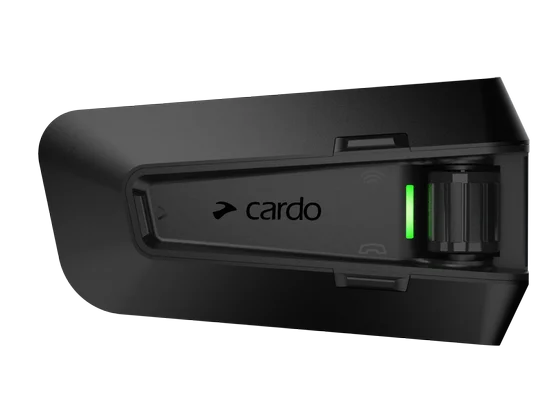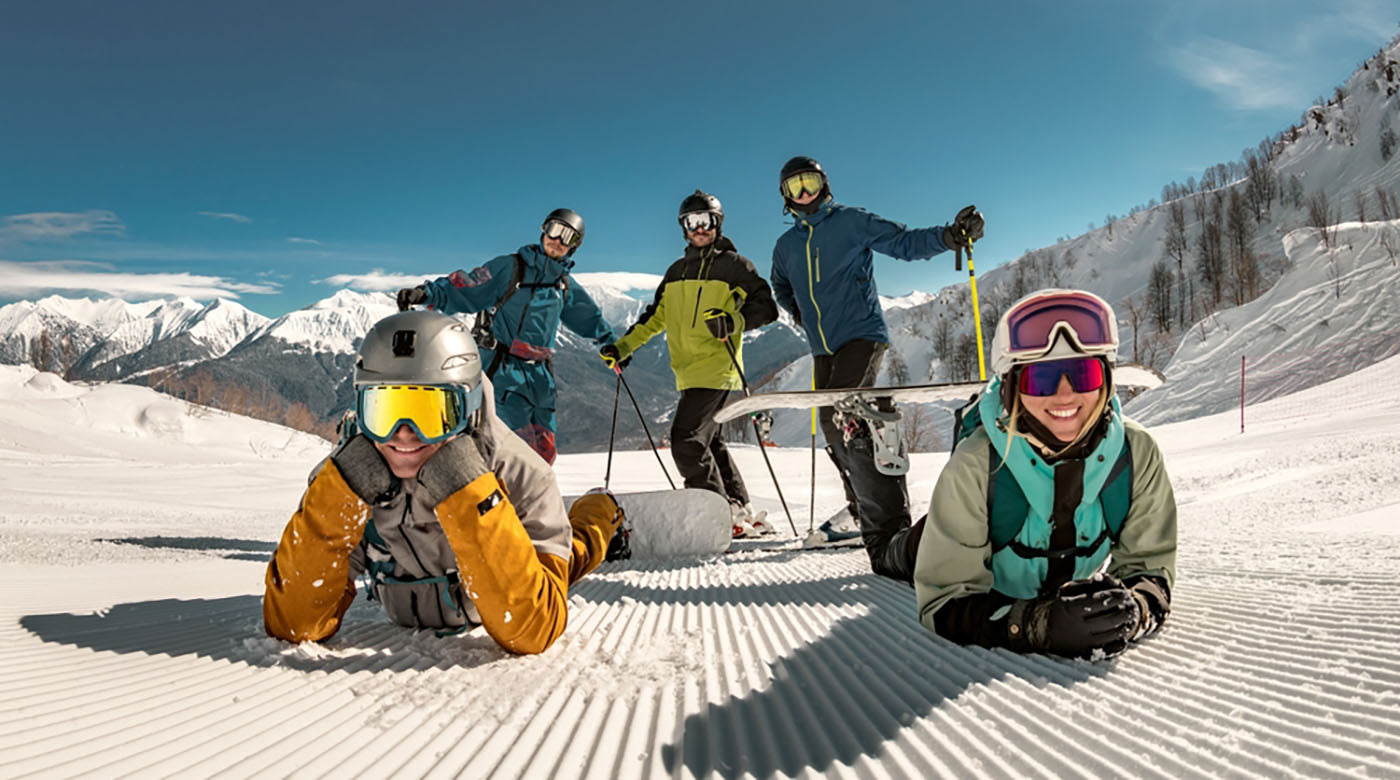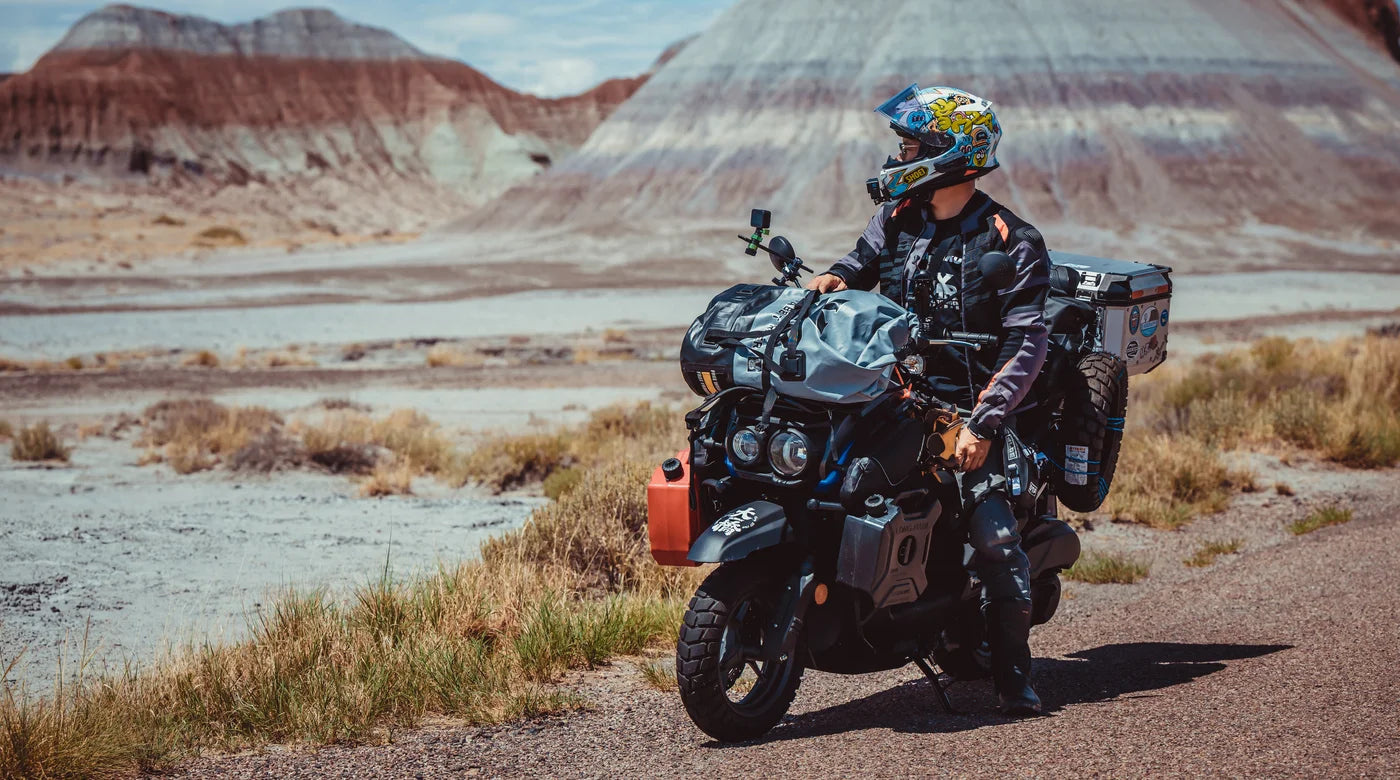U.S. skiing and snowboarding participation rates in 2023 were the highest recorded in over a decade. Millions of people of all ages are hitting the slopes for the first time. If you’re new to winter sports, learn what to wear skiing and snowboarding to prepare for a long day in the snow.
Ski and Snowboard Clothing
In this post, we’ll go into a deep dive on essential clothing pieces such as moisture-wicking inner layers, ski or snowboard jackets, ski or snowboard pants, gloves, gaiters and more.
Let’s start off with some of the most important articles of clothing, your base layers.
Inner (Base) Layers
Build your outfit from the inside out to get an accurate sense of how the outer layers fit. Wear long underwear or leggings with underwear designed to wick away sweat. Avoid cotton and stick to materials like acrylic, nylon or polyester. Replace ripped items and those with holes or worn elastic bands that might sag. Briefs and boxer briefs add support to reduce unnecessary movement. Wear a thermal or long-sleeve shirt made of moisture-wicking fabric over your torso.
Wear crew socks made of a similar fabric and tuck your leggings into the sock bands. You can also wear ski or snowboard socks that grip to your legs for more insulation. They should stay up throughout the day instead of pooling around your ankles. Wear lighter pairs that don’t restrict blood flow or movement. You can double them up on cold days and remove them when needed.

Source: UfaBizPhoto/Shutterstock.com
Middle Layers
The middle layers can be added or removed based on your body temperature. You can wear a thermal, wool or fleece top over your undershirt or another pair of leggings, long underwear or athletic pants over your legs.
Outer Layers
Create a waterproof seal from your head to your toes. Wear ski or snowboarding pants that fit snugly around the outside of your boots to prevent water from dripping into the soles.
Pair it with a ski or snowboarding jacket that’s insulated and breathable. Try it on over your inner and middle layers. The sleeves should end at your wrists and the bottom should pass just below your waist. Wear gloves with long cuffs and tuck your jacket sleeves into the cuffs. Wear a neck gaiter or face mask that doesn’t limit your field of view to insulate your neck, head and face.
Choose an ensemble based on the weather and the physical intensity of the sport. Add layers when facing strong winds and sub-zero temperatures. A simple downhill ride requires maximum protection, but too many layers can limit your range of movement. Use elastic performance-enhancing under and outer layers that move seamlessly with your body when working up a sweat. Learn what to wear to cross-country ski when your legs do most of the work.
Ski and Snowboarding Equipment
Now that we’ve discussed what to wear clothing-wise while skiing and snowboarding, let’s review the must-have equipment you should also wear.
Helmet
Wear a helmet designated for skiing or snowboarding to protect your head and face from injury. Landing on your head or neck during a fall can lead to a concussion or bone fracture. The snow might break your fall, but objects may be buried beneath the surface. A face full of ice crystals also increases the risk of hypothermia.
Try on various sizes and adjust the chin strap until the helmet feels snug and secure without pressing against your head. Many adult helmets are one-size-fits-all, with XL options available. For a more accurate fit, measure the circumference of your head starting above your ears with a cloth tape measure.
A hat or liner will change the fit. Learn what to wear under a ski helmet and bring your gear to the store when trying on helmets.
A full-face helmet wraps around your head to better protect your face. A vented model lets air pass over your face and reduces fogging. They also have visors to block the glare and prevent snow blindness.

Source: zedspider/Shutterstock.com
Eye Protection
Protect your eyes from debris and visual interference. If you wear a half-face helmet, add goggles to increase visibility. Tuck your face mask under the goggles to create a waterproof seal. A full-face helmet automatically keeps water out to keep the most important part of your body warm and dry.
Wireless Headset
Skiing and snowboarding come with steep learning curves, forcing you to move your body in ways that may not come naturally. Use a ski helmet communication device to maintain a direct line to your coach or the other riders in your group. The headset clips onto any helmet without changing the fit. It also reconnects automatically when you’re in range, so you can keep your hands free. Just speak into the receiver to ask a question without disrupting the flow.
Use Ski Helmet Communication to Coordinate Hands-FreeYou’re a few items of clothing away from hitting the slopes in style. Your outfit should be adjustable and comfortable without inhibiting your abilities. Keep these essentials in your closet to keep skiing or snowboarding all season long.





